Customer relationship management (CRM) software is the backbone of any successful sales and marketing strategy. Two of the biggest players in the CRM space—HubSpot and Salesforce—offer powerful solutions to help businesses track customer interactions, manage sales pipelines, and automate marketing efforts. But with such strong contenders, choosing the right CRM for your business can be overwhelming.
In this detailed comparison, we’ll explore HubSpot vs. Salesforce across key areas such as features, ease of use, pricing, integration capabilities, and scalability. By the end, you’ll have a clearer understanding of which CRM aligns best with your business needs.
Proven Tips for Faster Growth
1-Minute Tips from B2B Experts Delivered Straight to Your Inbox
An Overview of HubSpot and Salesforce
What is HubSpot?
HubSpot is a user-friendly, all-in-one CRM platform for businesses. It offers a free CRM and Hubs with robust sales, marketing, operations, and customer service tools, as well as a website CMS. HubSpot is well known for its inbound marketing approach, which helps businesses attract leads through content marketing, SEO, and automation.
What is Salesforce?
Salesforce is a CRM that caters to businesses of all sizes, including large enterprises. It provides extensive customization, automation, and analytics capabilities, as well as advanced CRM functionalities, scalability, and deep integrations with other software.

Feature Comparison: HubSpot vs. Salesforce
1. Ease of Use
- HubSpot: Designed with simplicity in mind, HubSpot’s intuitive interface makes it easy for users to navigate. Its drag-and-drop features and clear dashboards allow teams to get up and running quickly, even without technical developer expertise.
- Salesforce: Known for its complexity, Salesforce offers powerful customization but requires training or a dedicated developer and/or administrator to manage it effectively. It’s highly configurable, but that flexibility comes with a learning curve.
2. Sales and Contact Management
- HubSpot: Provides a visual sales pipeline and lead tracking within its CRM. Sales teams can set up automated follow-ups and use AI-powered insights to close deals more efficiently through their territory management and forecasting tools.
- Salesforce: Offers advanced sales automation, territory management, and forecasting tools. It allows teams to create custom workflows tailored to complex sales processes.
3. Marketing Automation
- HubSpot: A leader in inbound marketing, HubSpot offers lead scoring tools, email marketing workflows for lead nurturing, landing pages, and social media management, as well as integrations for PPC and SEO. Its Marketing Hub integrates seamlessly with its CRM for a cohesive experience.
- Salesforce: Salesforce Marketing Cloud provides deep marketing automation and AI-driven insights but may require additional integrations to match HubSpot’s ease of use.
4. Customer Service and Support
- HubSpot: The Service Hub includes ticketing, live chat, a knowledge base, and customer feedback tools. It’s built to make it easy for small and mid-sized teams looking for a simple yet effective solution.
- Salesforce: Salesforce Service Cloud offers advanced case management, AI-powered chatbots, and omnichannel support. Large organizations benefit from its scalability and automation capabilities.
5. Customization and Flexibility
- HubSpot: Highly customizable workflow automation, custom properties, and tailored email sequences.
- Salesforce: Requires more dev work for customization but can create custom objects, fields, and automation rules. Ideal for businesses that need a tailored CRM solution.
6. Integrations
- HubSpot: Connects with over 1,000 apps, including Slack, Zoom, and Shopify. While extensive, its integrations aren’t as deep as Salesforce’s.
- Salesforce: Boasts one of the most extensive integration ecosystems through its AppExchange marketplace, offering deep connections with thousands of third-party tools.
7. Analytics and Reporting
- HubSpot: Provides easy-to-read reports and dashboards with built-in analytics for marketing, sales, and customer service performance.
- Salesforce: Offers highly advanced reporting and AI-powered analytics.
Pricing: HubSpot vs. Salesforce
HubSpot Pricing
- Free CRM
- Starter: $20 per user/month
- Professional: Starts at $890/month (includes 5 users)
- Enterprise: Starts at $3,600/month
Salesforce Pricing
- Essentials: $25 per user/month
- Sales Professional: $75 per user/month
- Enterprise: $150 per user/month
- Unlimited: $300 per user/month
Salesforce’s pricing is per user, while HubSpot offers bundled pricing for teams. HubSpot’s free plan is a major advantage for startups and small businesses.

Pros and Cons: HubSpot vs. Salesforce
HubSpot Pros:
✔ User-friendly interface
✔ Free CRM with robust features
✔ Strong inbound marketing tools
✔ Simple automation and integrations
HubSpot Cons:
✖ Limited customization compared to Salesforce
✖ Can become expensive at higher tiers
✖ Less suitable for large enterprises with complex needs
Salesforce Pros:
✔ Highly customizable
✔ Advanced reporting and AI-driven insights
✔ Scalable for businesses of all sizes
✔ Extensive integrations
Salesforce Cons:
✖ Steeper learning curve
✖ Higher cost, especially for small businesses
✖ Requires dedicated administration for optimal use
Which CRM Should You Choose?
- Choose HubSpot if: You’re a business looking for an intuitive, all-in-one CRM with strong marketing features and a free option to start.
- Choose Salesforce if: You need a powerful, customizable CRM with advanced reporting, automation, and scalability for larger teams or enterprises with advanced technical resources.
Both HubSpot and Salesforce are industry-leading CRMs, but they cater to different business needs. If ease of use and marketing automation are top priorities, HubSpot is the better choice. However, if you need deep customization, advanced reporting, and enterprise-level scalability, Salesforce is the way to go.
Still undecided? Consider starting with HubSpot’s free CRM and testing its capabilities before committing to a paid plan.
Ultimately, the best CRM is the one that aligns with your business goals and workflow requirements. Take your time to evaluate both options and choose the one that will help drive your business forward.






